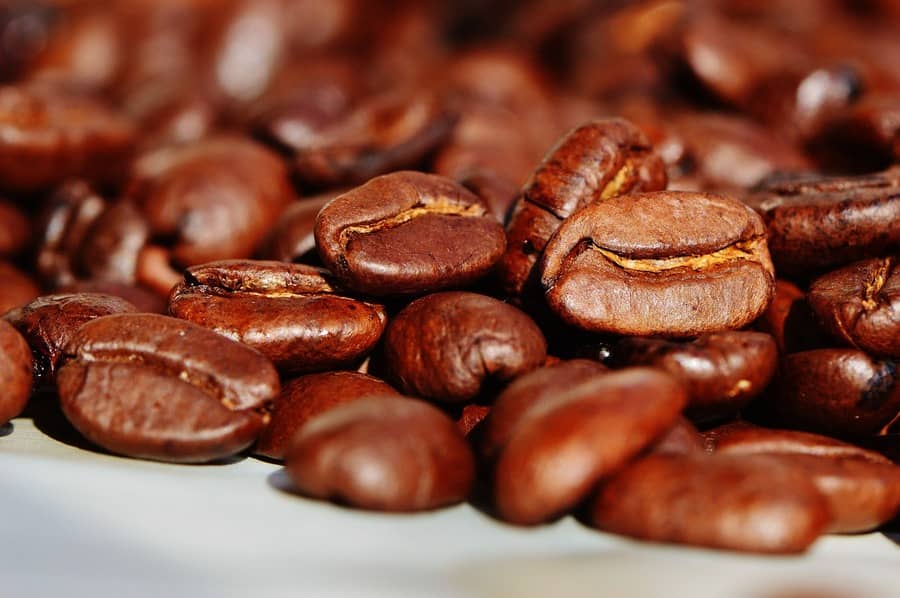Coffee has fallen sharply on ICE US and is already flirting with the 250-cent line, after reaching 13-year highs. The reason for the decline is the forecast of a return of rain in Brazil. During the peak of the hike, reflecting production fears related to the lack of rain, the December 2024 position was traded at 275 cents per pound. With the arrival of October and the rain forecast, there was an early dismantling of part of the climate protection. The accumulated low between the peak and the current moment is almost 8%. Both the peak and the rapid and sharp decline are explained by the typical volatilities of the “weather market.”
The fact is that rain has not yet effectively returned to Brazil and, even with its return, there is no guarantee of a change in the weather pattern that will ensure a good progress of the next crop. In this sense, the current movement is only corrective and does not indicate, for now, a change in trend. Climate models indeed signal the break of the drought pattern, with growing moisture in Brazil this October, with a moister scenario intensifying in November and December. Geopolitical tension, with the escalation of the conflict in the Middle East, may bring more volatility to the market, but the long-term direction of the market will continue to be based on next year’s coffee production. In this sense, the market expects the first visual signs of the next Brazilian arabica crop and, at the turn of the year, should monitor blossoming in Vietnam. In this sense, the market’s focus is clearly shifting toward the 2025 coffee crop.
The doubts regarding the consequences caused by the long period without rain and, mainly, by the above-average temperatures in Brazil, are beginning to be better assessed with the return of rain. In the case of robusta/conillon, blossoming occurred earlier, and what is on the radar is the regularity of the rain for fruit development. In the case of arabica, it is necessary for the rain to induce blossoming and, subsequently, a favorable climate to reduce abortion and ensure good fruit development.
The confirmation of rain in Brazil next week should result in a new bearish movement for coffee on the commodities exchange. A showy blossoming also reinforces this trend. On the other hand, a resumption of the upward movement in prices is linked to insufficient rain or weak blossoming. In this sense, the weather in Brazil will continue to dictate the pulse of the market.

